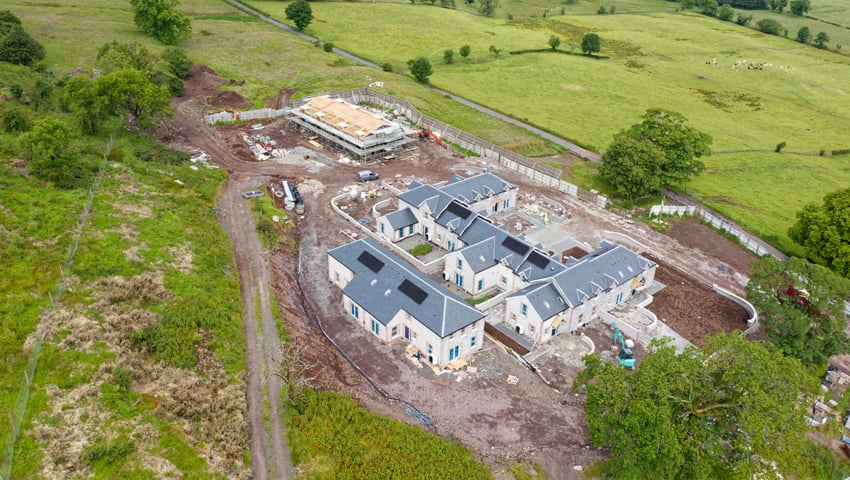Rural businesses in England are waiting years – and even decades – to get planning permission to enable investment and build homes, according to Freedom of Information (FOI) requests compiled by the Country Land and Business Association (CLA).
The CLA approached 38 councils in England where over half the population lives in rural areas. In total, 35 responded.
The findings show:
- Lengthy delays – eight councils exceeded the government’s target time to issue decisions in 2023, with delays stretching from weeks to years
- Years-long backlogs – fourteen councils are sitting on applications from before 2020, with some dating back to 2007Low approval rates – several councils are approving less than 50 per cent of projects, putting businesses and housebuilding targets at risk
Victoria Vyvyan, President of the CLA, said, “Our planning system is in crisis and it’s stagnating growth in the countryside.
“Rural businesses could grow, provide much needed housing and employment, and be nimble and fast-moving, but they’re being hampered by a planning system that’s anything but. It would be unheard of to make a tech company wait a decade to innovate, rural businesses should be no different.”
Lengthy delays
Councils are legally required to make decisions on minor planning applications within 56 days and major developments within 91 days. Yet, nearly half of the 18 councils that shared their average response times failed to meet these targets in 2023 – holding back innovation and growth in the countryside.
Dorset Council reports averaging 1,372 days (3.75 years) to issue a decision on applications, while Babergh District Council, Mid Suffolk District Council and West Lindsey District Council took 345 days, 381 days and 170 days alike for major applications.
Elsewhere, South Cambridgeshire District Council and Cambridge City Council average 105 days while Torridge District Council averages 107 days for minor and major applications.
Five-year backlogs
Nearly half of councils are still sitting on cases from before 2020, including some stretching back decades.
In North Norfolk, an application to build 94 homes and a community centre, submitted eight years ago, is still yet to be approved despite continued back and forth. Similarly, Mid Devon is also yet to approve an ongoing proposal for 90 new homes submitted in 2019.
Smaller projects have faced delays too. A 2007 application for a recreational fishing lake in South Norfolk dragged on for seven years before seemingly stalling in 2014. Elsewhere, a 2017 application for an office building in Cambridge was left in limbo after two and a half years of back and forth.
Low approval rates
Some councils are rejecting nearly half of all applications, from diversification projects to infrastructure development, putting local economies and businesses at risk.
Central Bedfordshire approved just 50 per cent of projects between August 2023 and August 2024, while West Lindsey District council approved 61 per cent.
Meanwhile, government statistics show alarmingly low approval rates for new homes. Maldon approved just 44 per cent of major development applications from January 2023 – June 2024, Woking approved 29 per cent, and Wychavon 57 per cent. In fact, 18 councils rejected one in four major housing projects (10 or more homes), putting government housing targets under threat.
